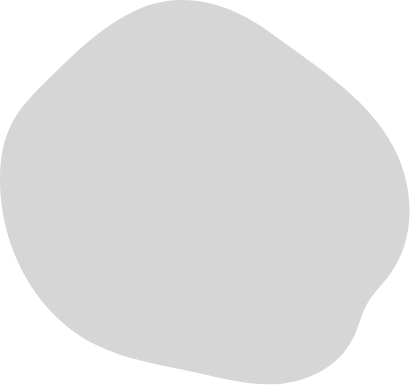I’ve mentioned several times that my ancestral house is in Kottayam town. There is a small river called Kodoor that runs a mere 200 feet from the house. In my childhood its bank was our playground most of the time. Catching fish, trapping small fry in our thorth [small towel], transferring them into Colocasia leaves, and putting them in glass bottles were some of our pastimes. The fish invariably died the next day, and we had to throw them away. As we grew older, we began to use fishing lines and basket traps to catch fish, and also watch on as fish were flushed out from paddy fields using engines. My childhood was thus inextricably linked with fish and water.
When I bought a plot in Thiruvananthapuram, I recreated that scenario by putting up a forest, digging a small canal, filling it with water and introducing fish into it. In fact, having a tank and growing fish was a passion of mine. But in spite of numerous experiments, none my attempts were successful. Rather, I kept incurring a lot of expenditure. So I looked for a solution to the problem. There are a lot of people who wish to grow fish for the purpose of consumption. This video is meant to give them an idea about how to go about it. Kindly share this with people who have a similar interest.
Prof. (Dr) Padmakumar, a scientist at the Regional Agricultural Research Centre (RARC) at Kumarakom, is one of the persons who has done the most number of studies on a variety of fish called pearl spot, and is considered an international expert on it. This is a tank designed by him. It is four feet deep. The tank itself is two-and-a-half feet deep. The rest is the foundation. The bottom is funnel-shaped. Water in the tank gets dirty with fish droppings. In this tank, all the waste gets collected in the centre, at the mouth of the funnel. It is then sucked out through a pipe, and used to irrigate the plants. Fish droppings are excellent fertilizers.
In a tank of this size, we can grow up to 150 or 200 fish. Tilapia thrives easily in such conditions as it does not require much care. All you need to do is drain the tank occasionally and refill it. On the other hand, if you are ready to use a pump to clean the water and oxygenate it, you can grow 400 to 600 fish in it. This means, if you go for a fish that matures in six months, you can have 800 to 1000 a year in a tank of this size. This tank costs Rs 20,000. It was Cherian Mathew, a friend of mine, who arranged a firm to make it for me, sought the advice of Dr Padmakumar, and set it up here. I’ve introduced fish into it.
The advantage of this tank is that its diameter is a mere ten feet, and so can be set up in a 75 or 100 sq. ft area. That comes to the size of a room in your house. With a little attention, you can grow fish here that will take care of half your requirements in a year. If you wish to know more about this tank, I shall send you the contact number of the manufacturers. It is made by applying ferrocement on a grid, and they do it well. If you add the material and labour costs as well as expense on the labourers’ food and boarding, you can have a tank for Rs 25,000. If you wish to fix an aerator to it, the expense will go up but you’ll be able to grow more fish. I request you to experiment with this model.
I say this because our fish wealth is getting depleted. In my childhood, there were many varieties I could spot in the canals, like Asian striped catfish, carp, olive barb, freshwater garfish, halfbeak, Malabar spinyeel, Asian stinging catfish, climbing perch, snakehead murrel, pearl spot, orange chromide and so on. They are not seen now. If we are able to grow such fish in our tanks, we will be able to conserve those varieties. They, like our forests, need to be conserved. Those of you, who are interested in this, please invest some of your money and time in it. Kindly also share this video with like-minded friends, because only if more people get this information and conduct these experiments will we be able to conserve our fish wealth, especially in our inland water bodies.



